THE FORBBIDEN CITY RED-WALL TEAHOUSE建成项目
back

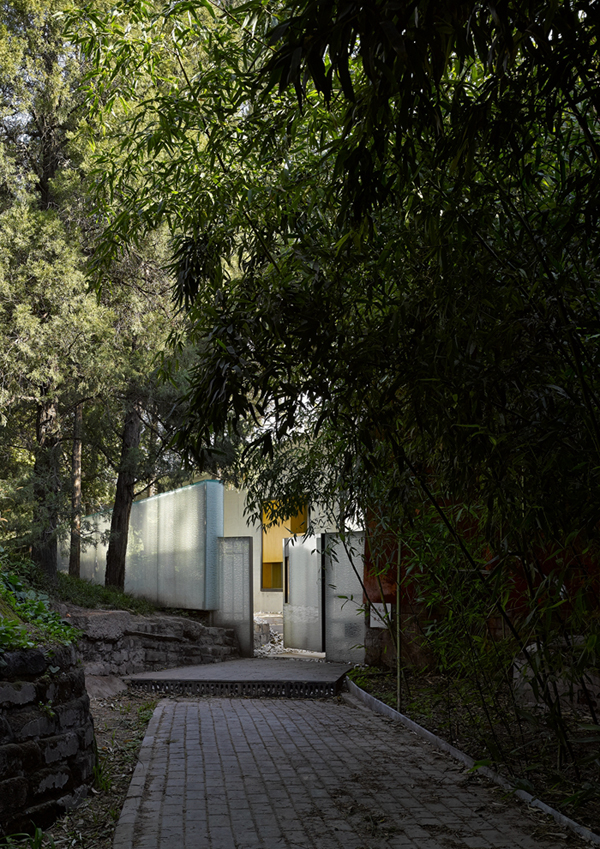
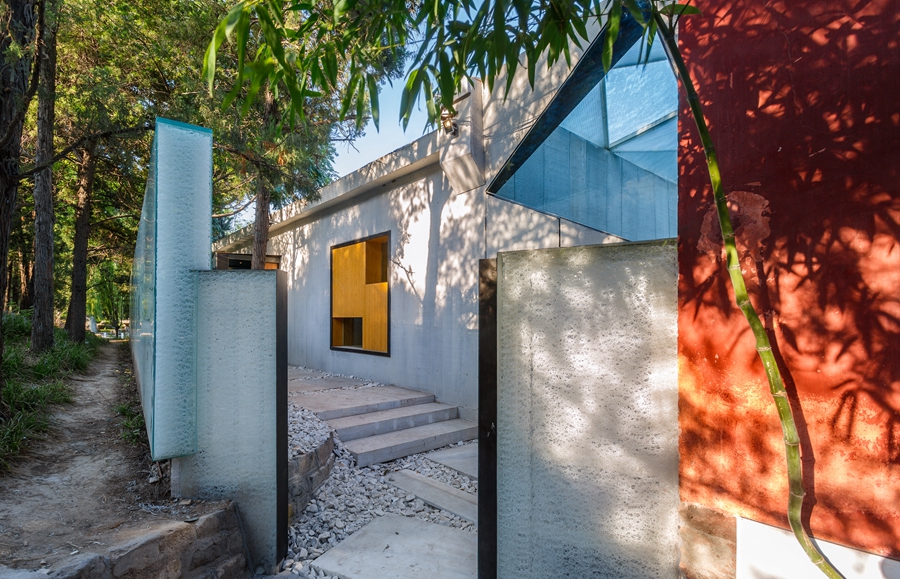
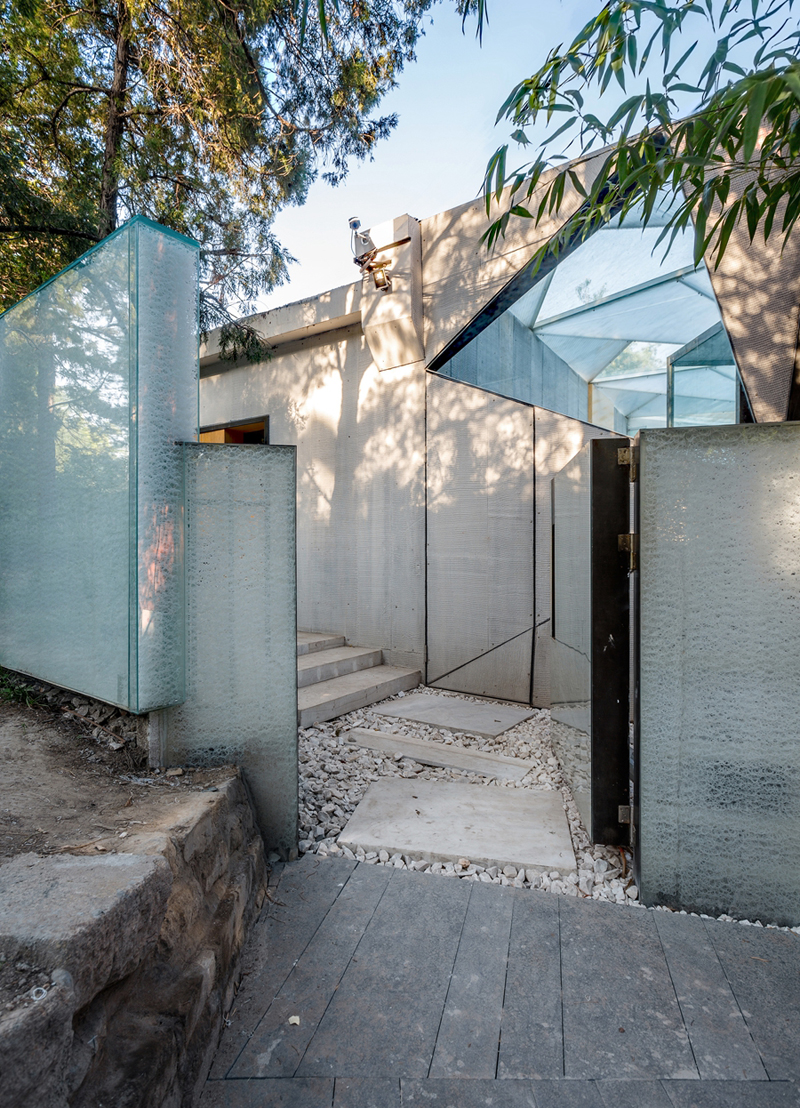
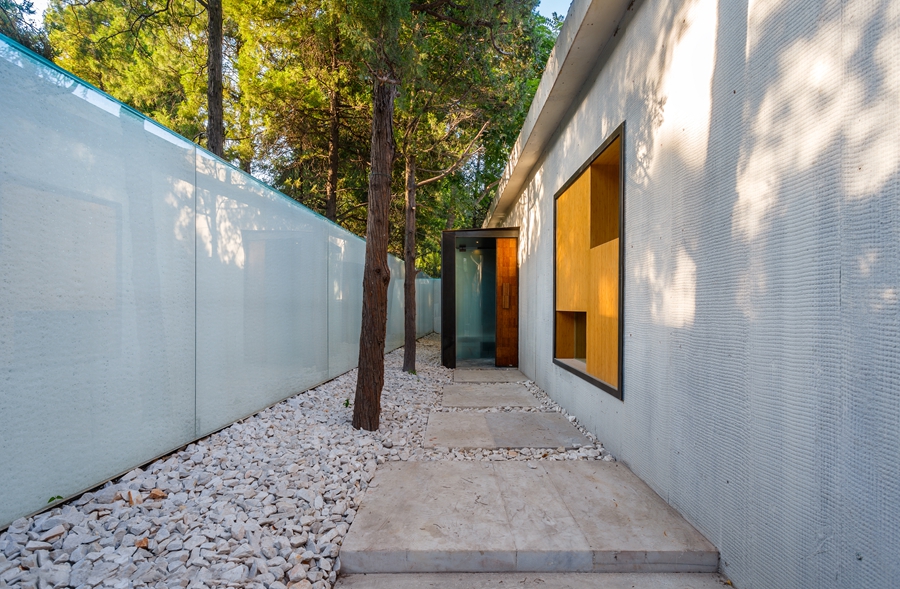
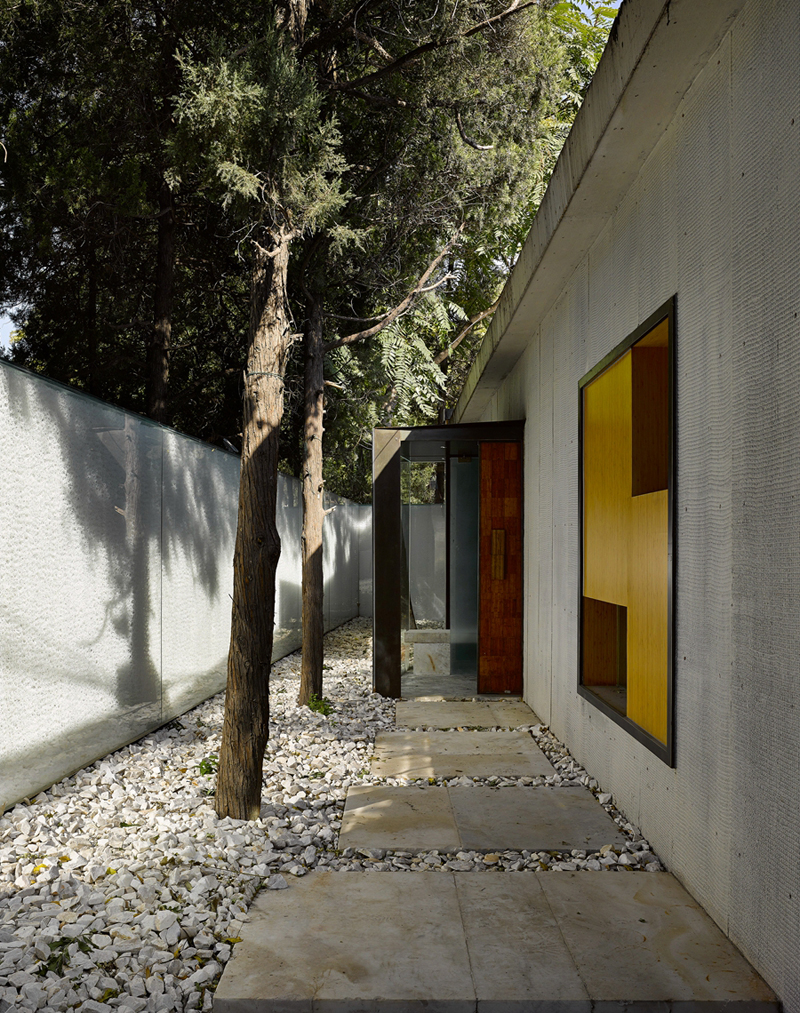
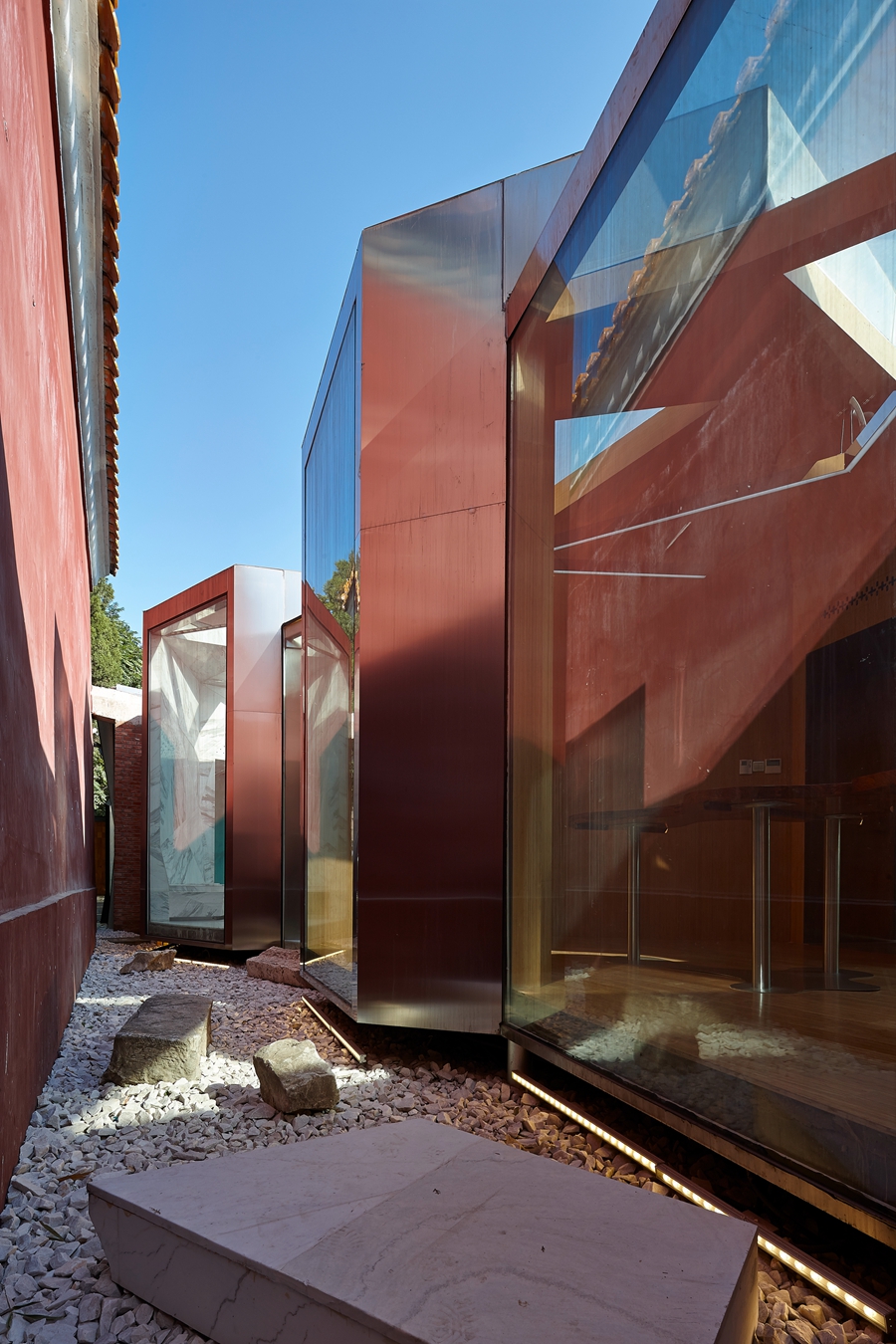
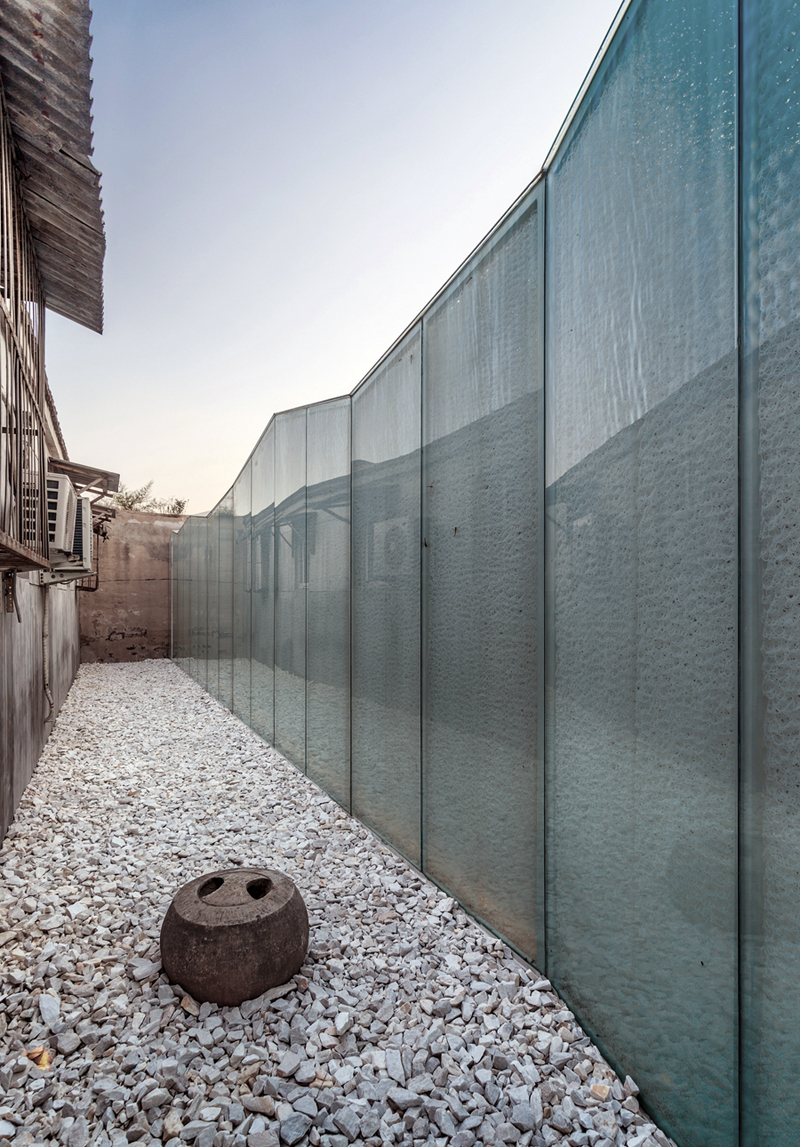

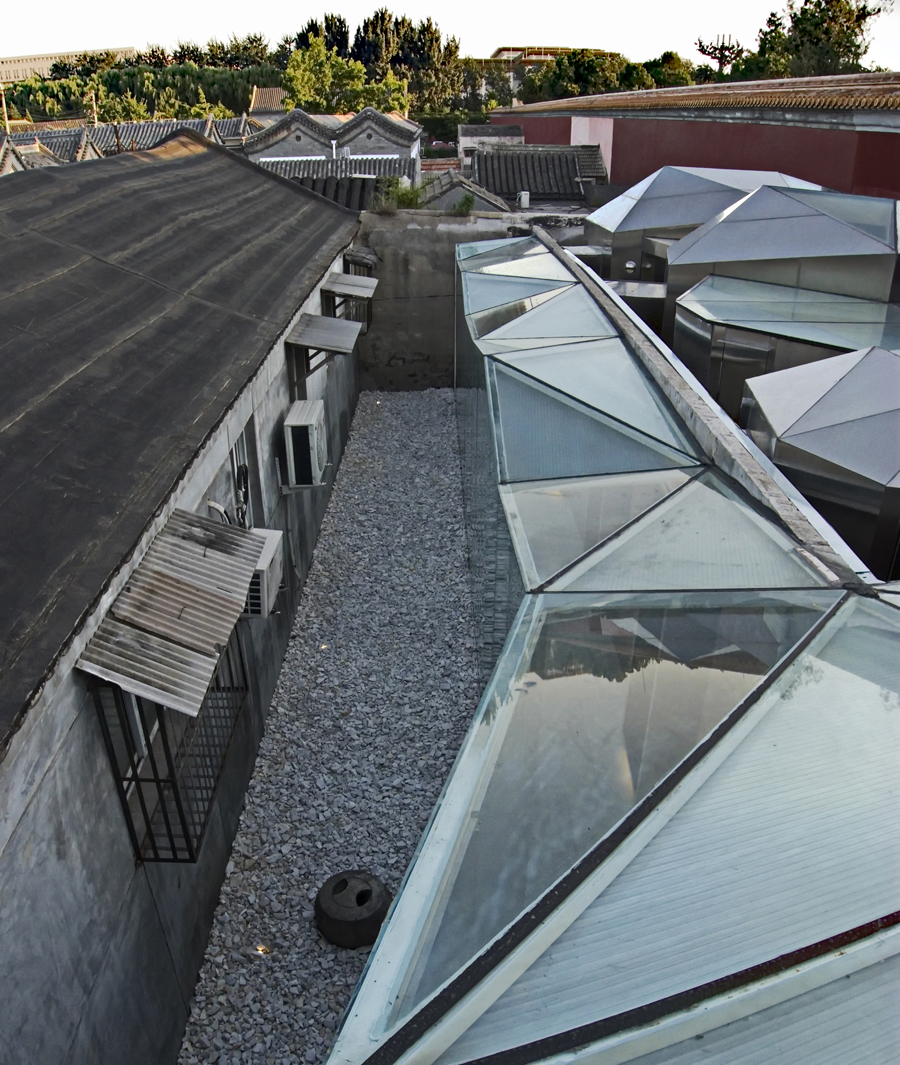
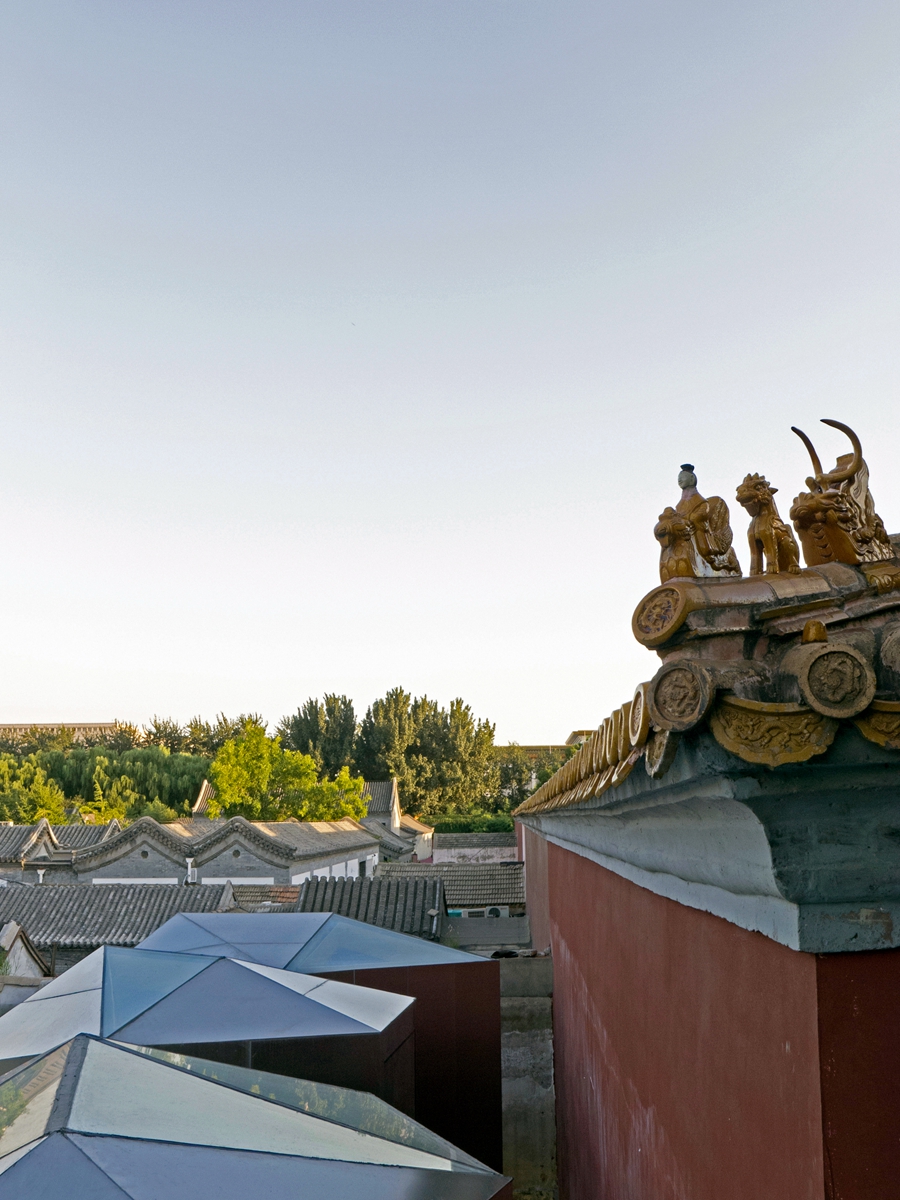
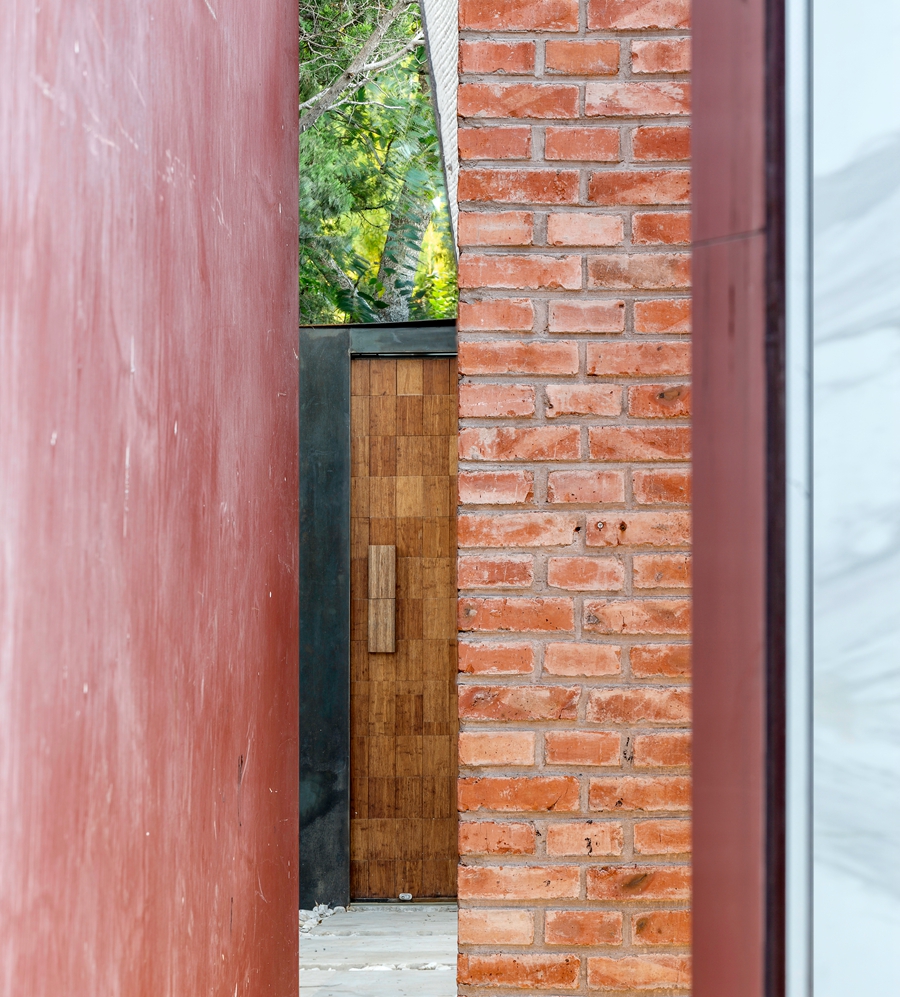
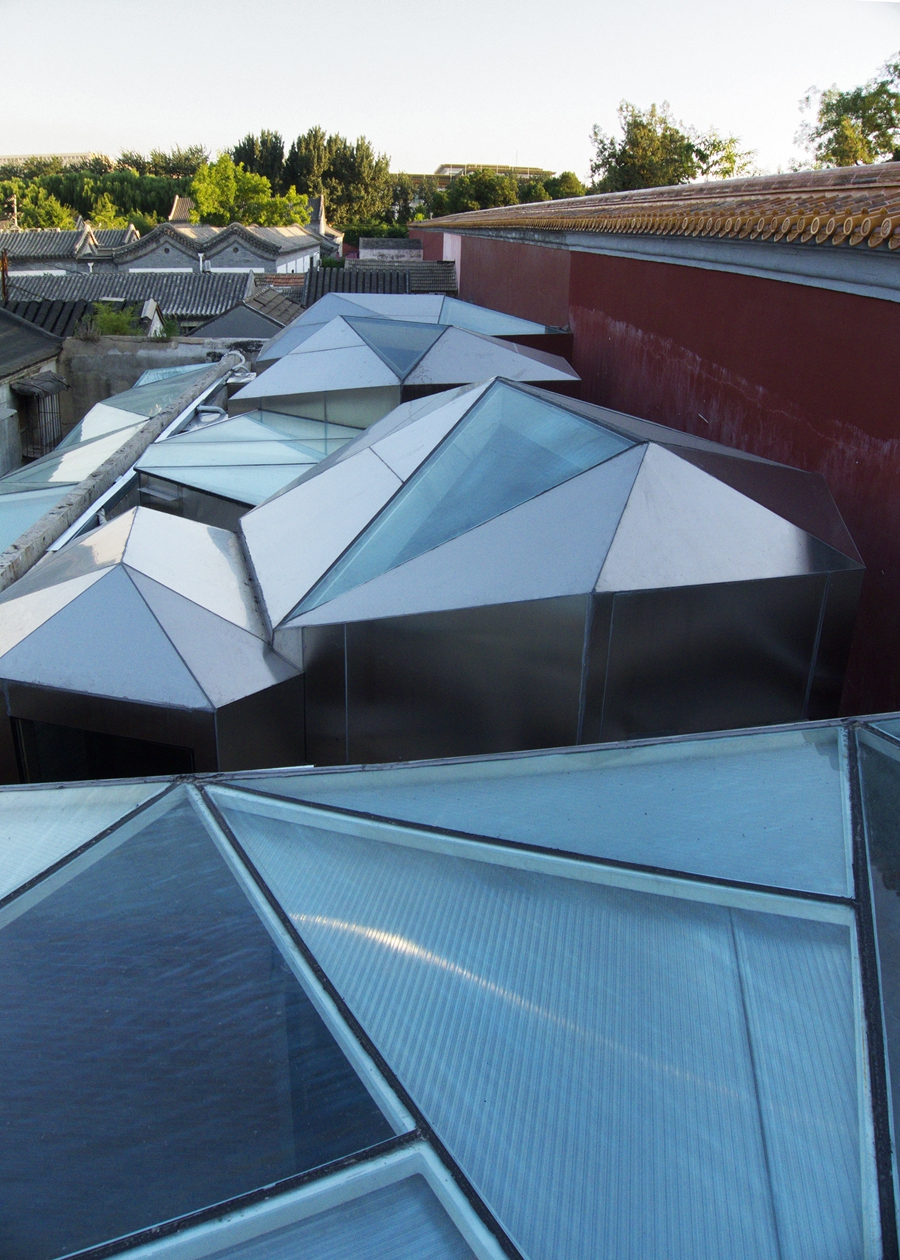
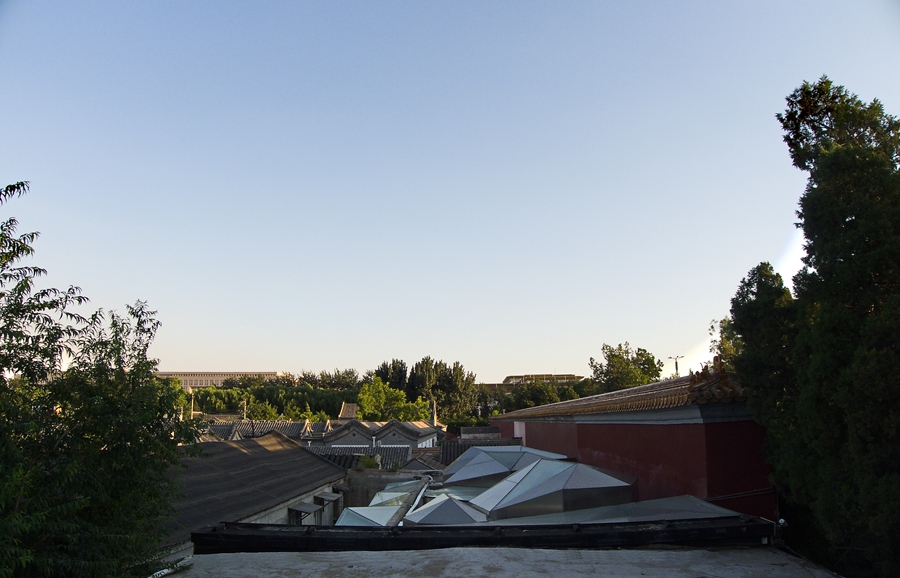
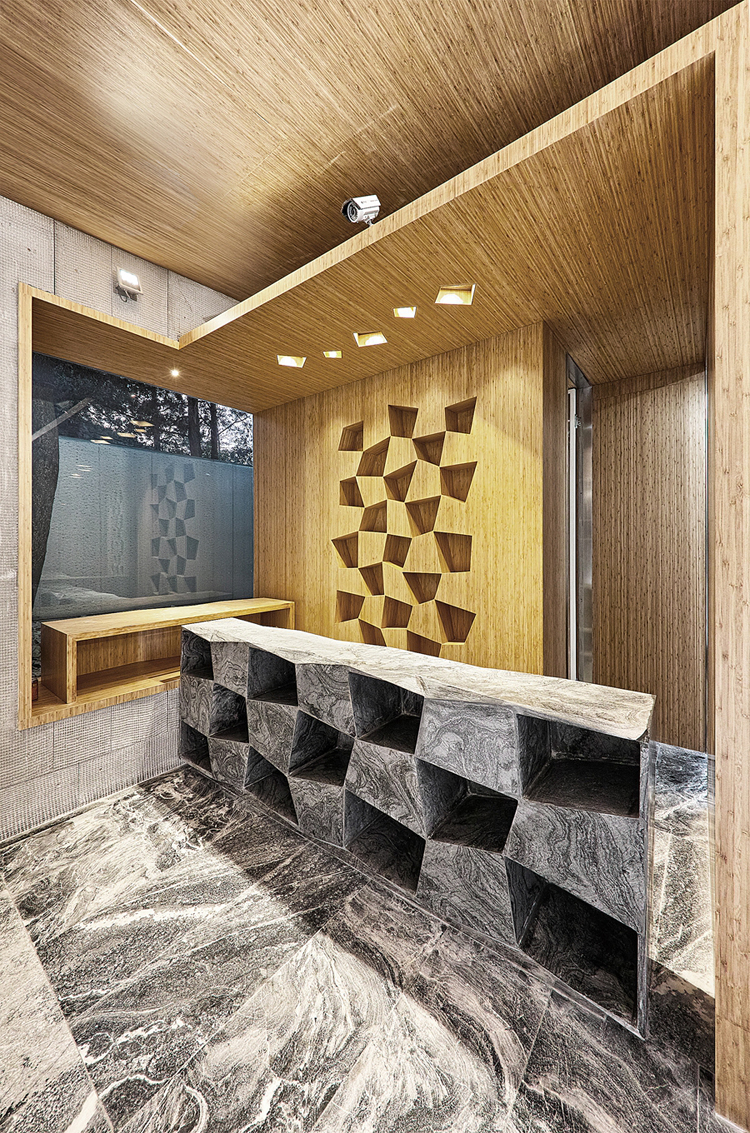
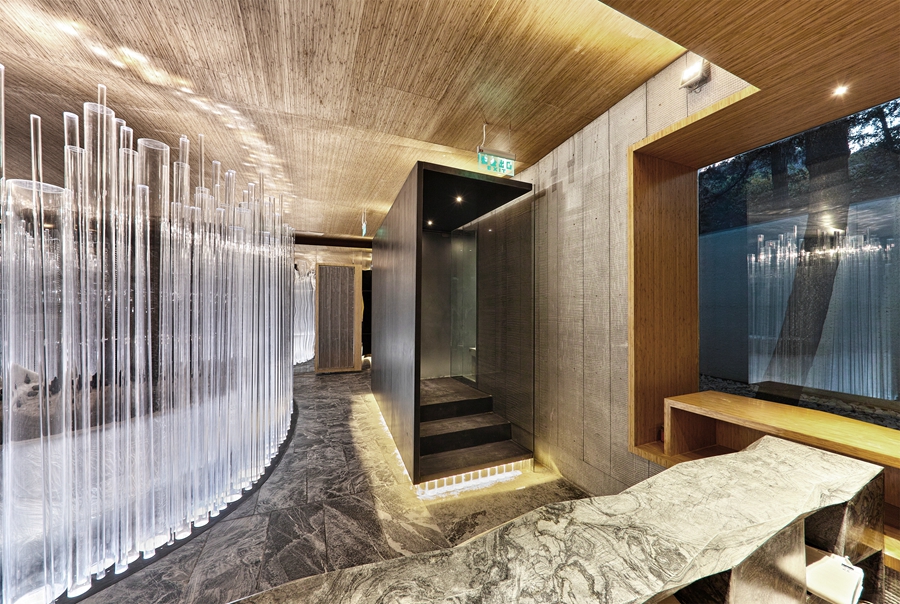
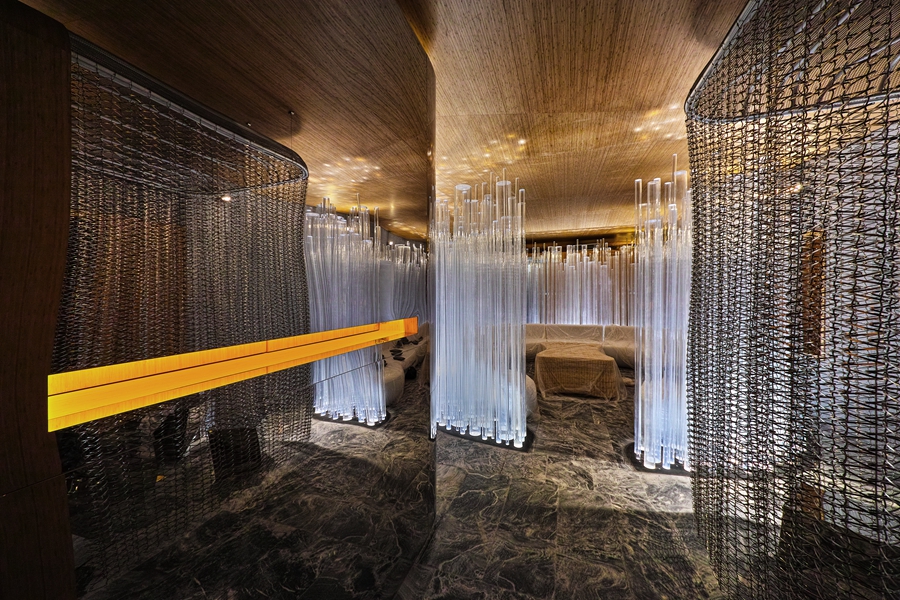
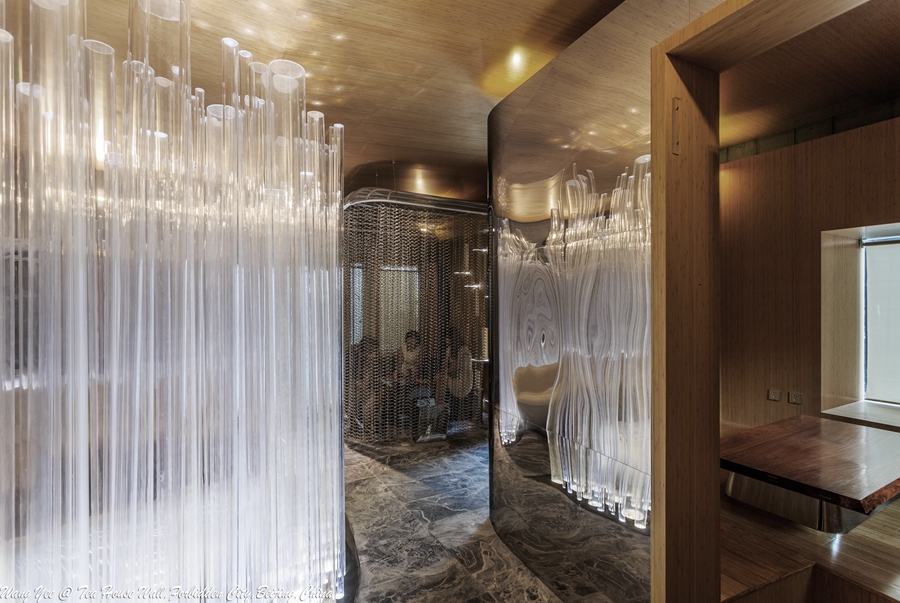
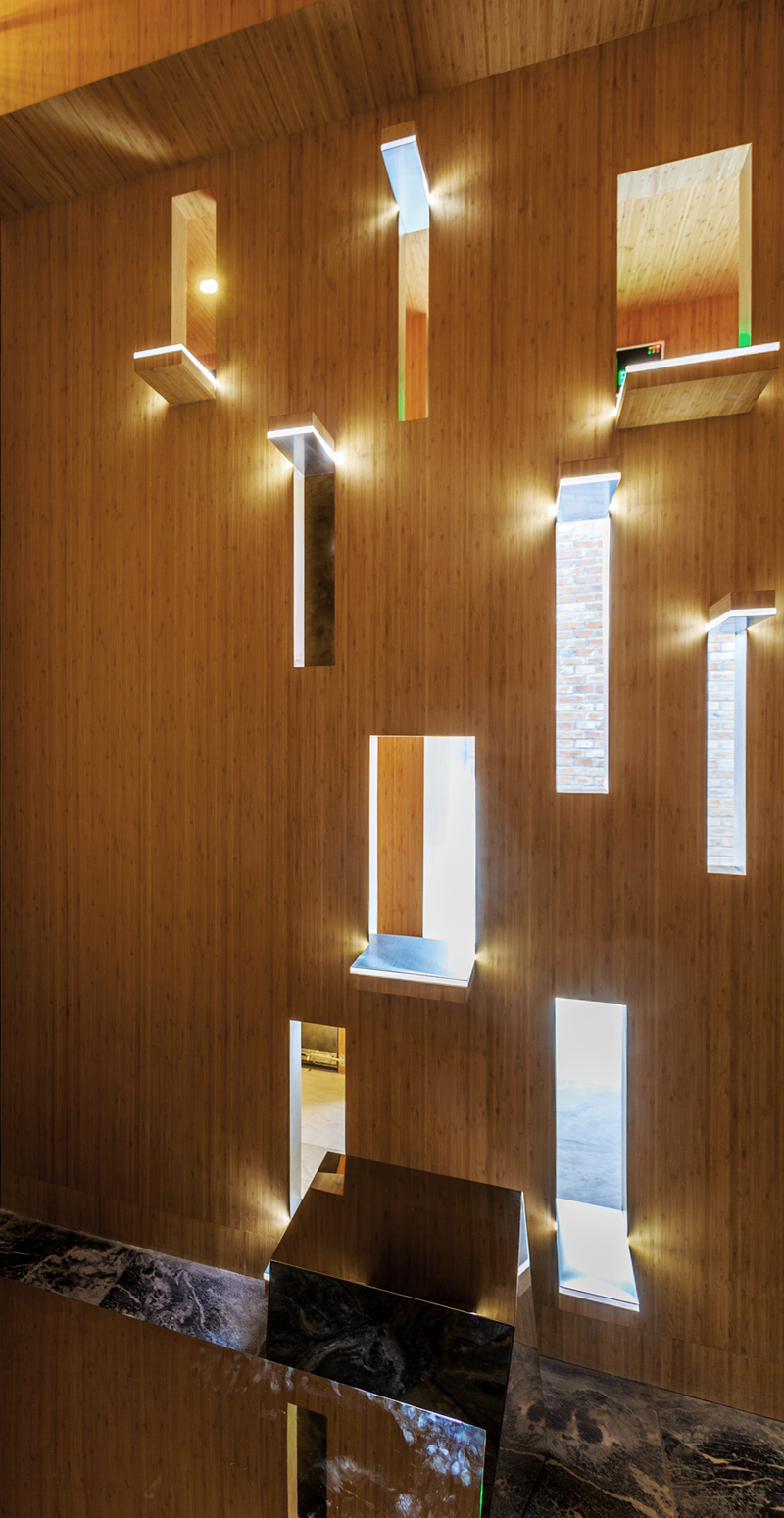

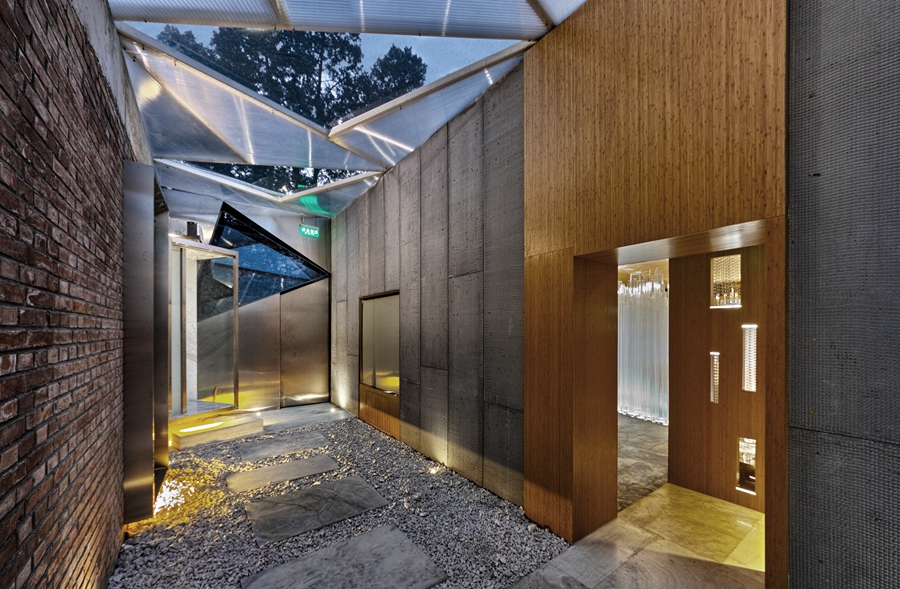
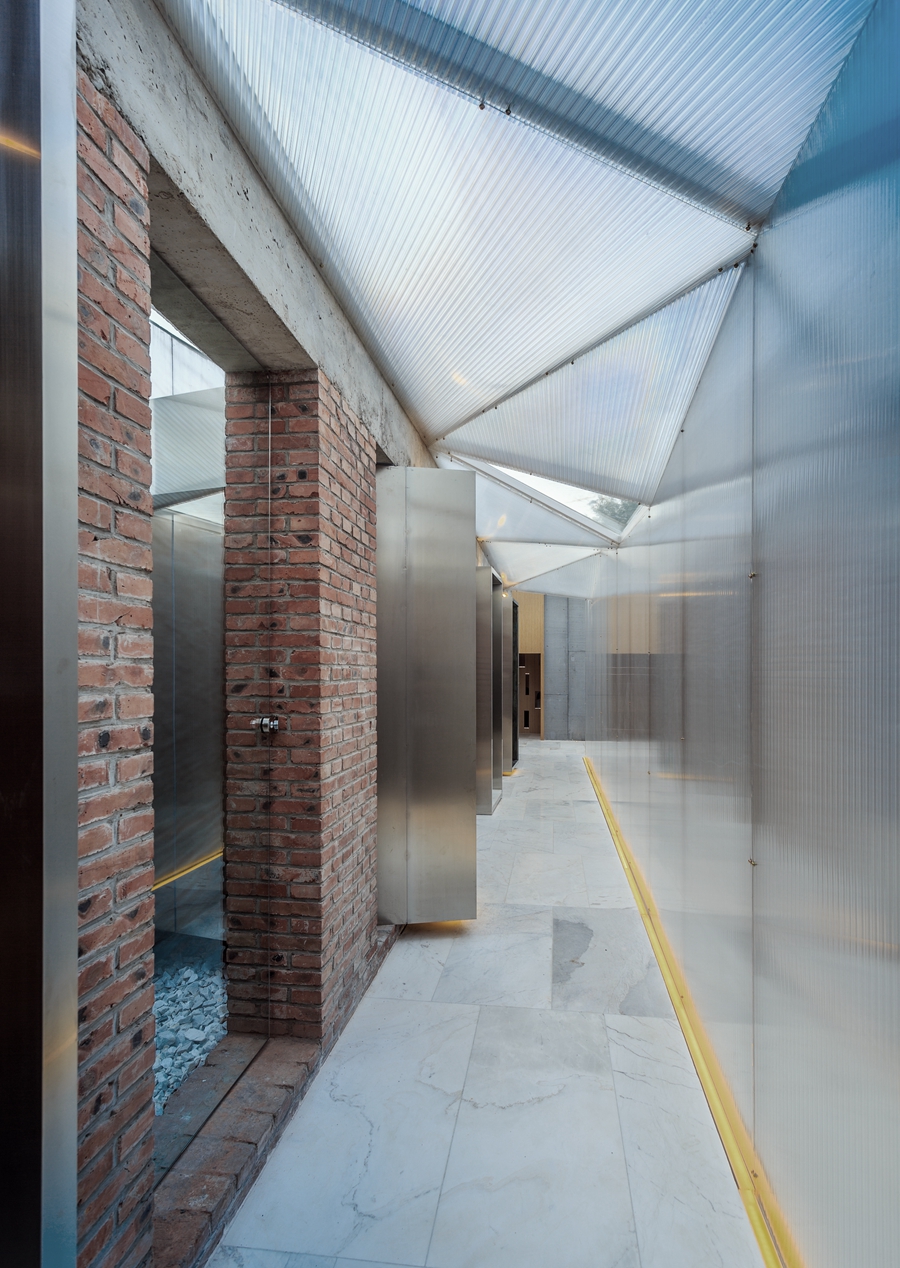
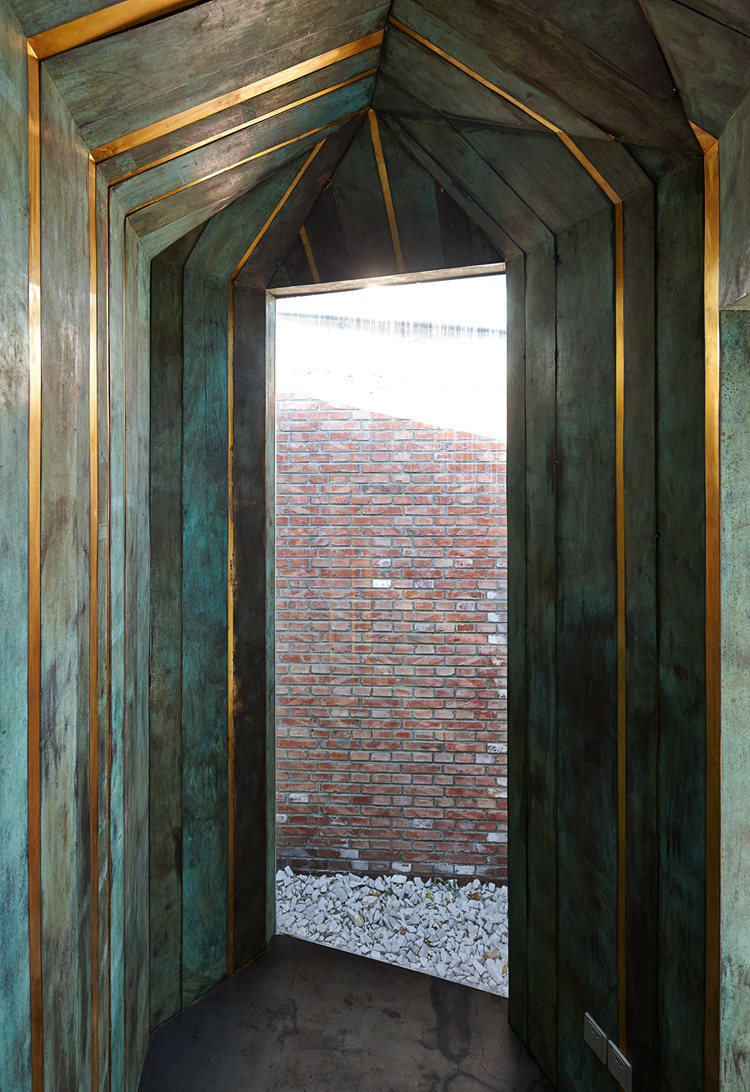
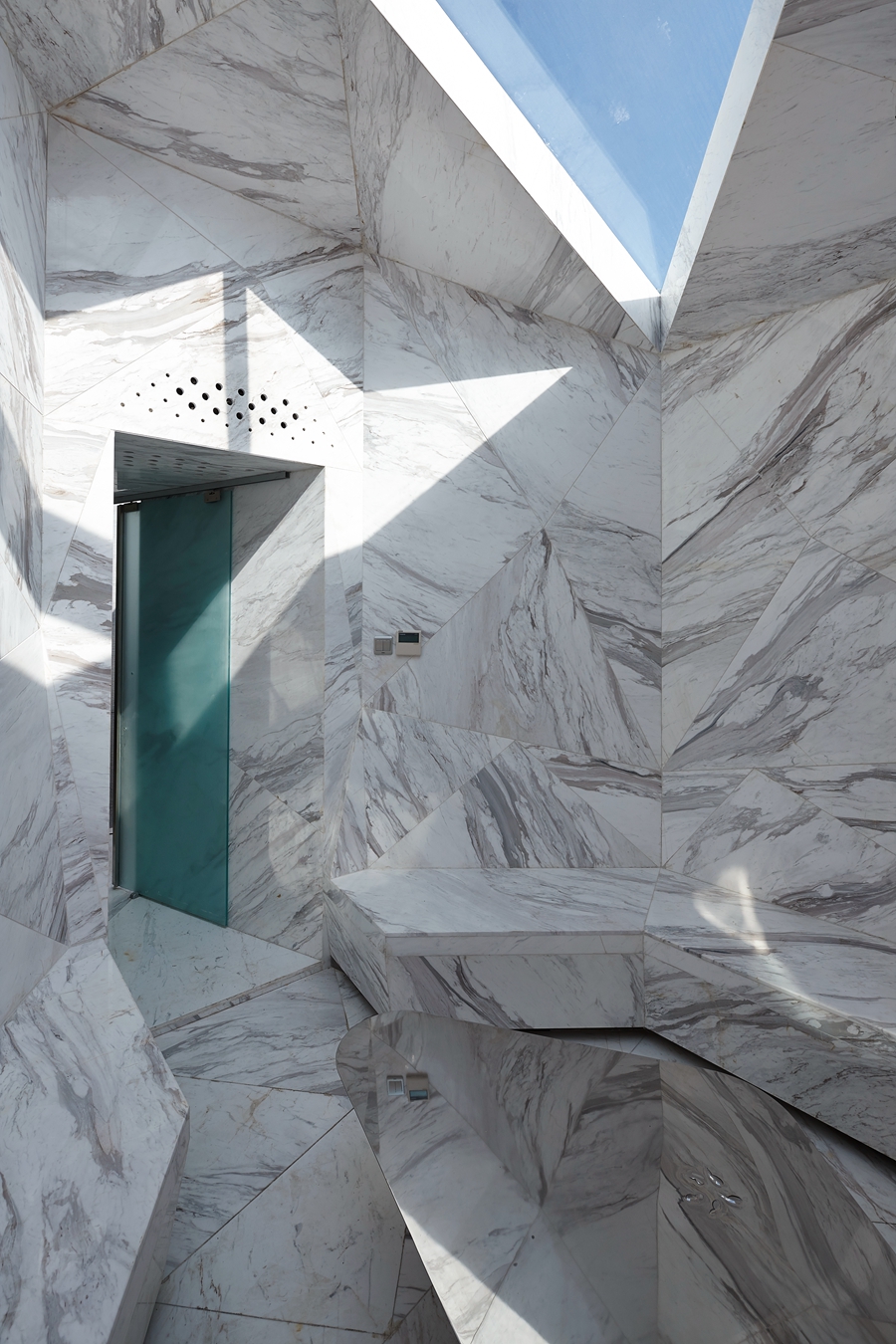
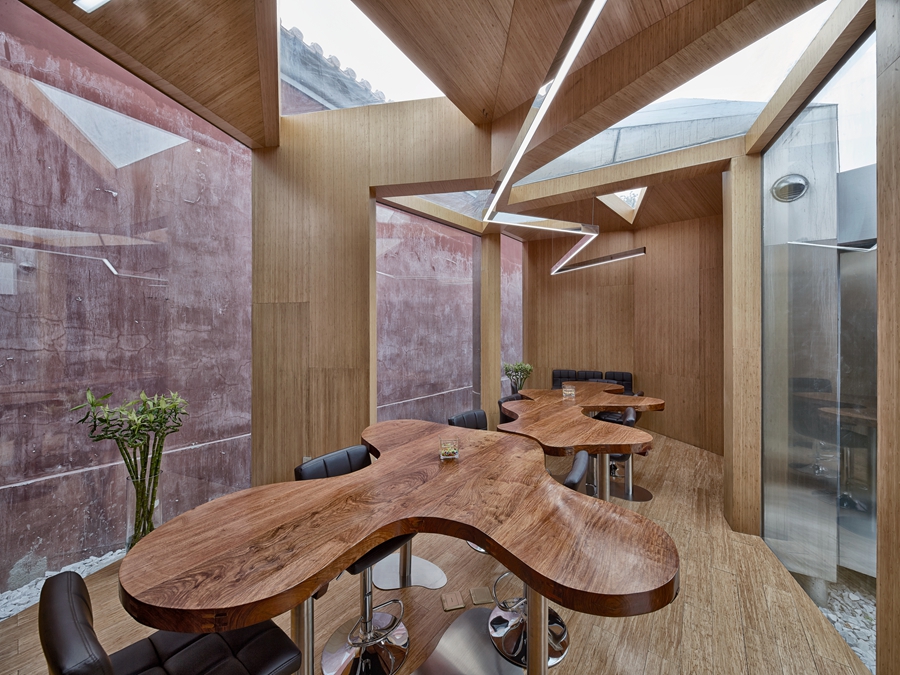
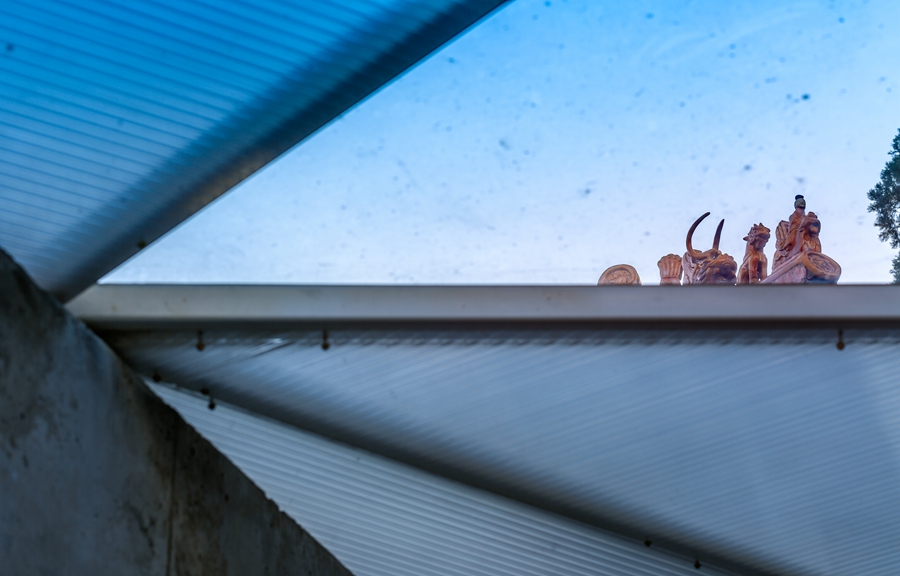
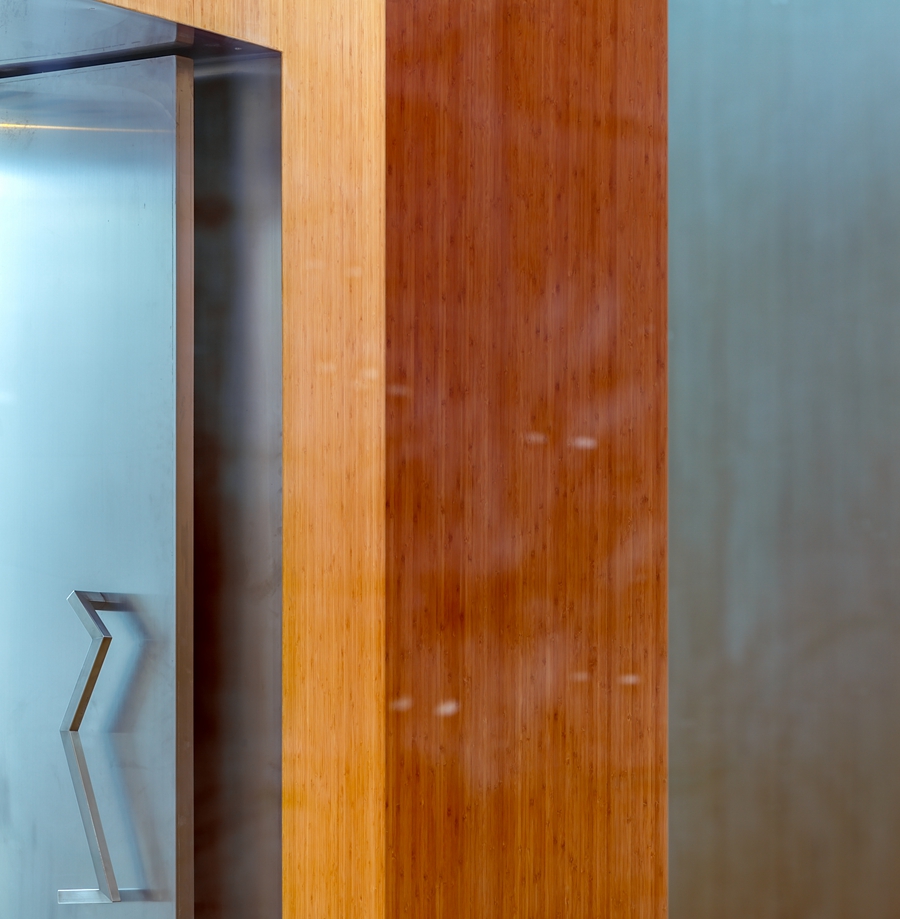
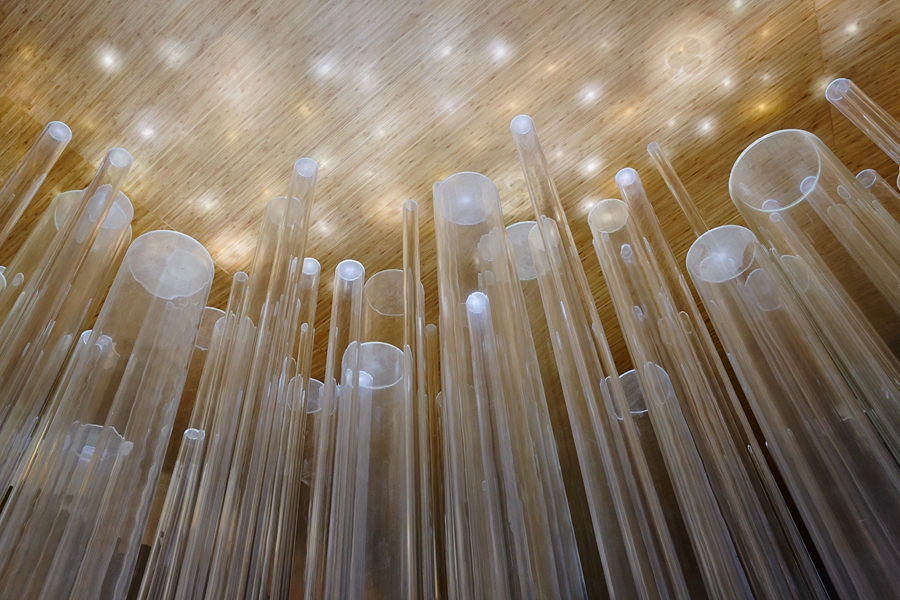
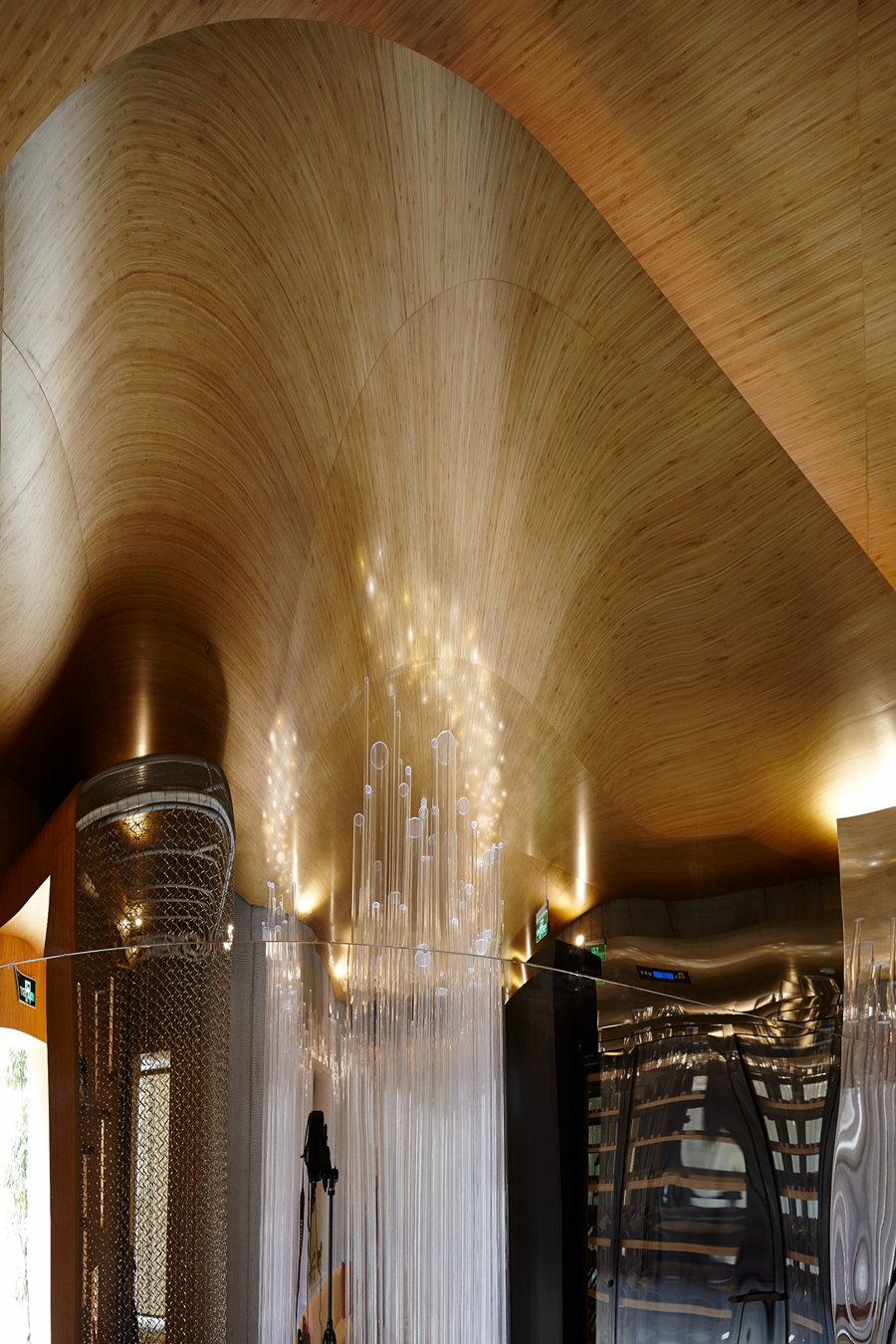
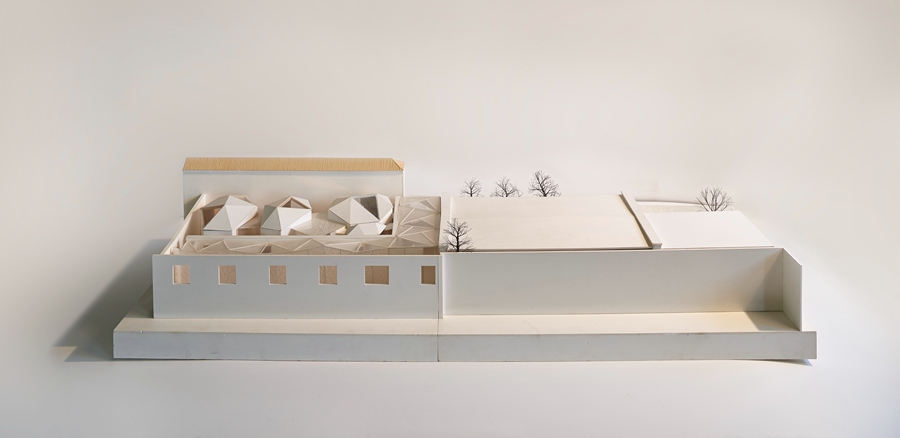

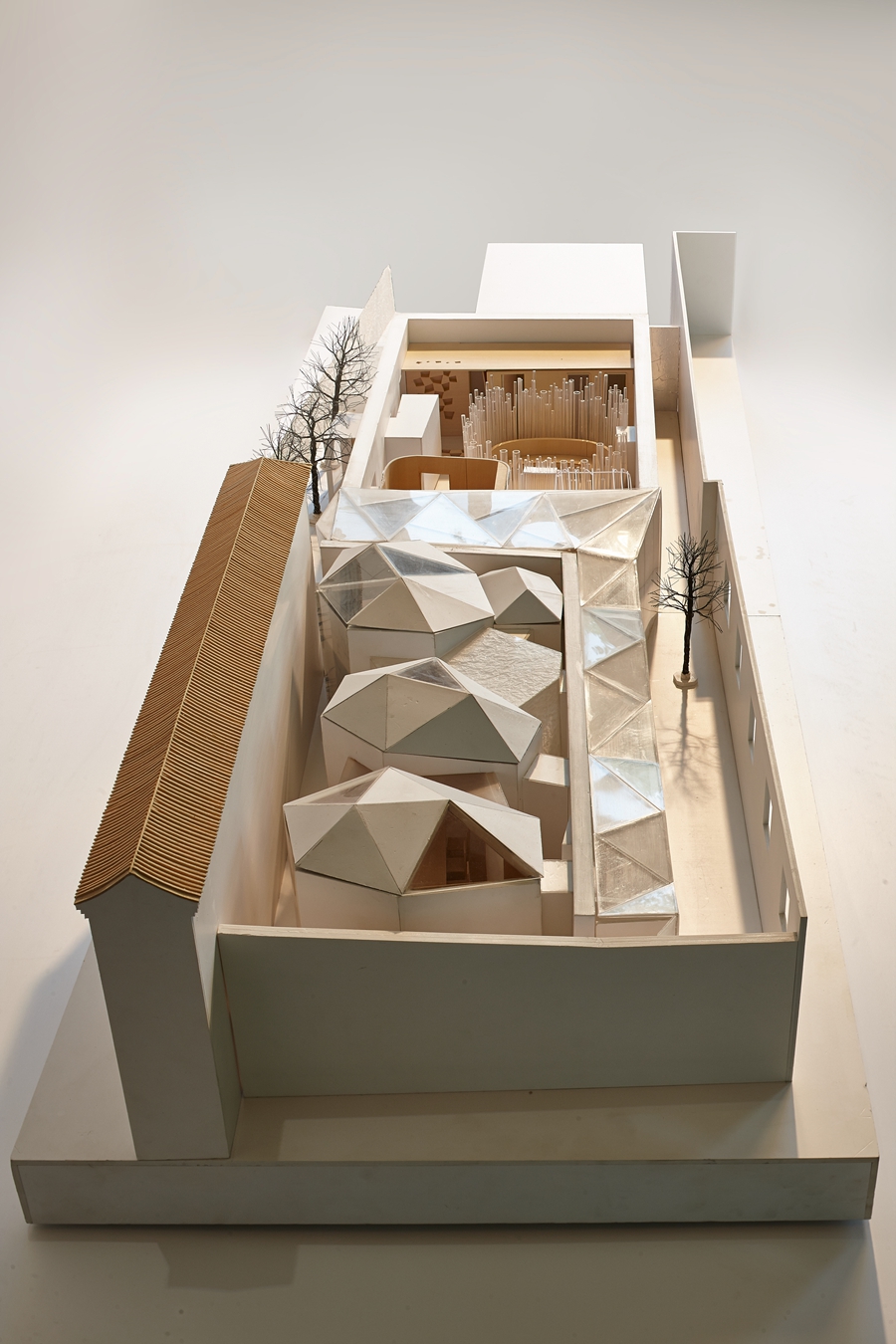
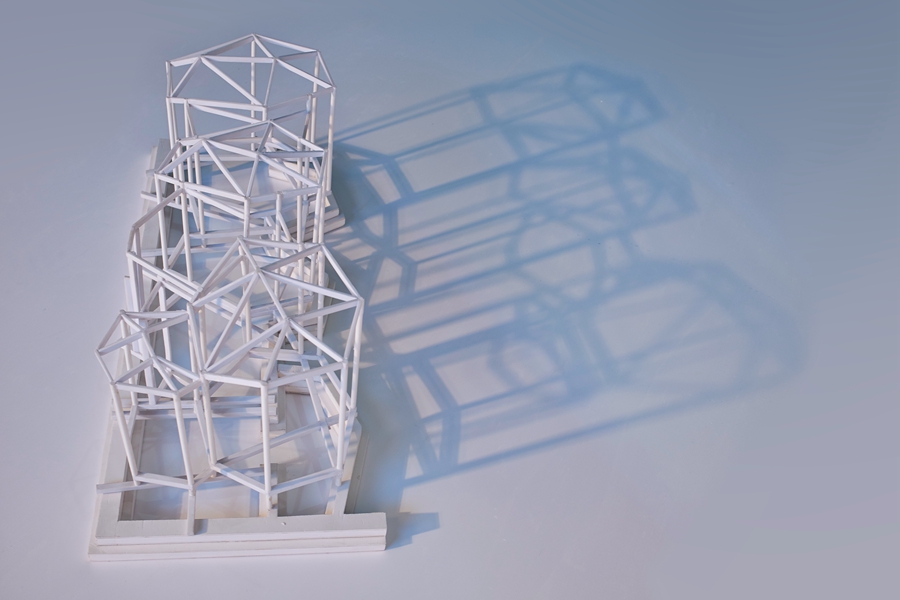
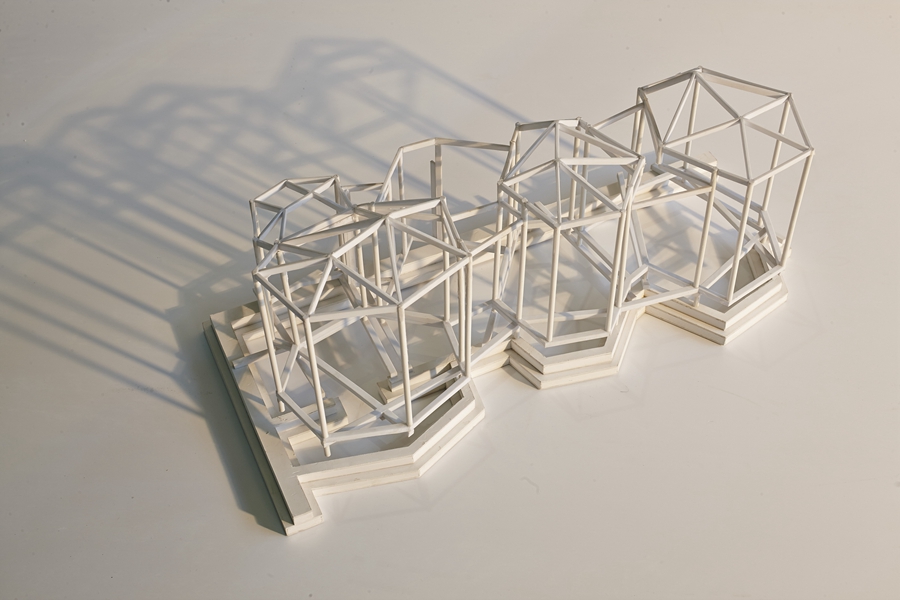
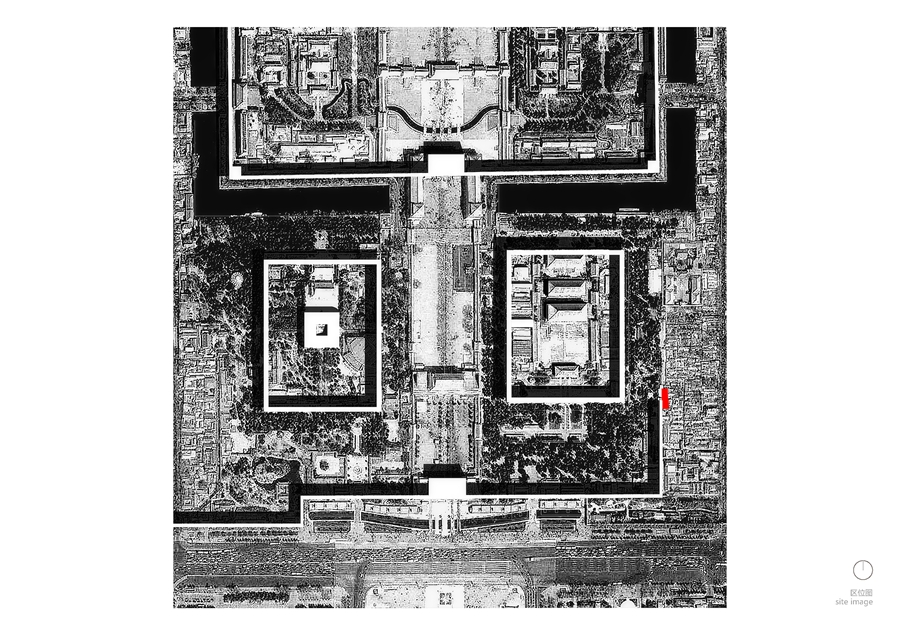
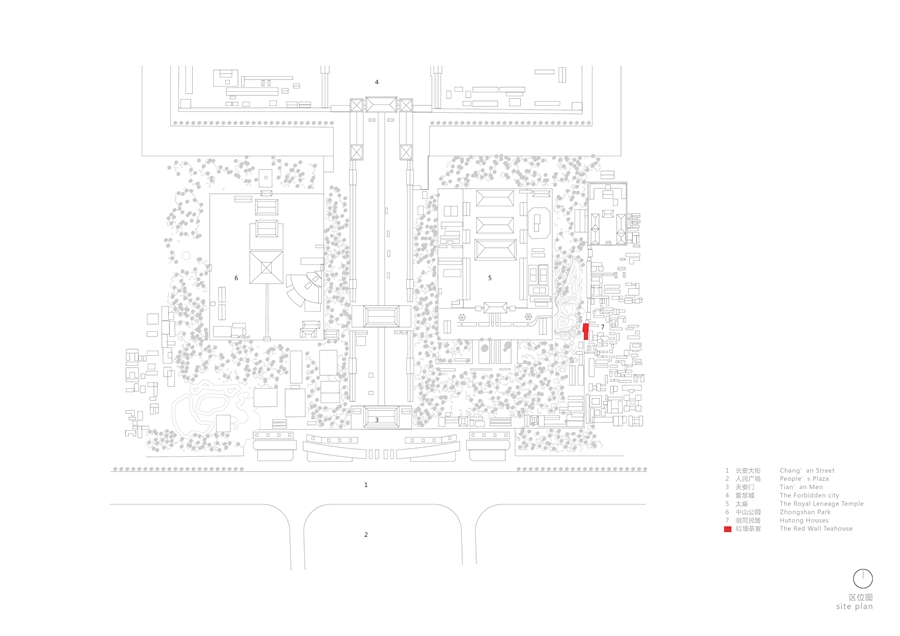
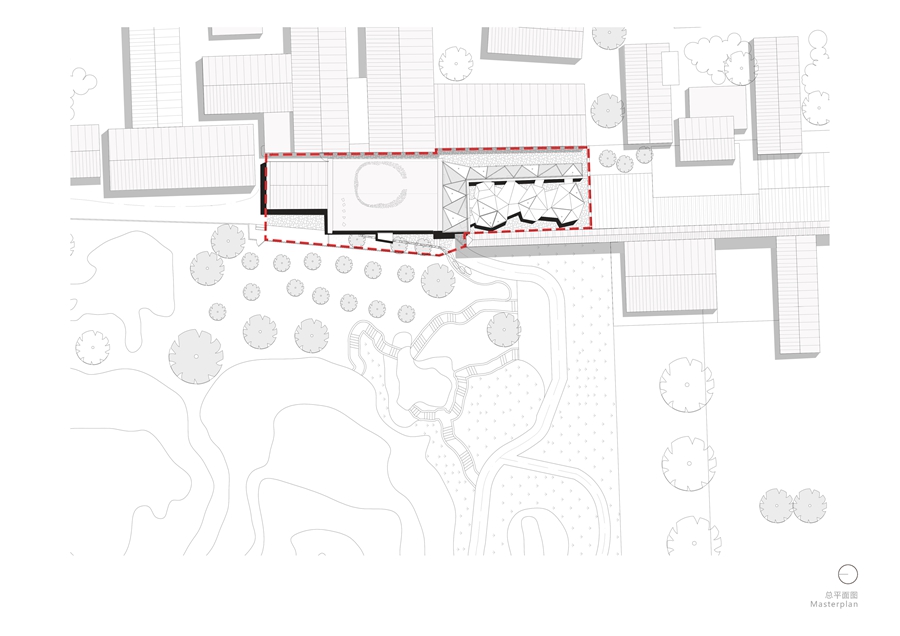
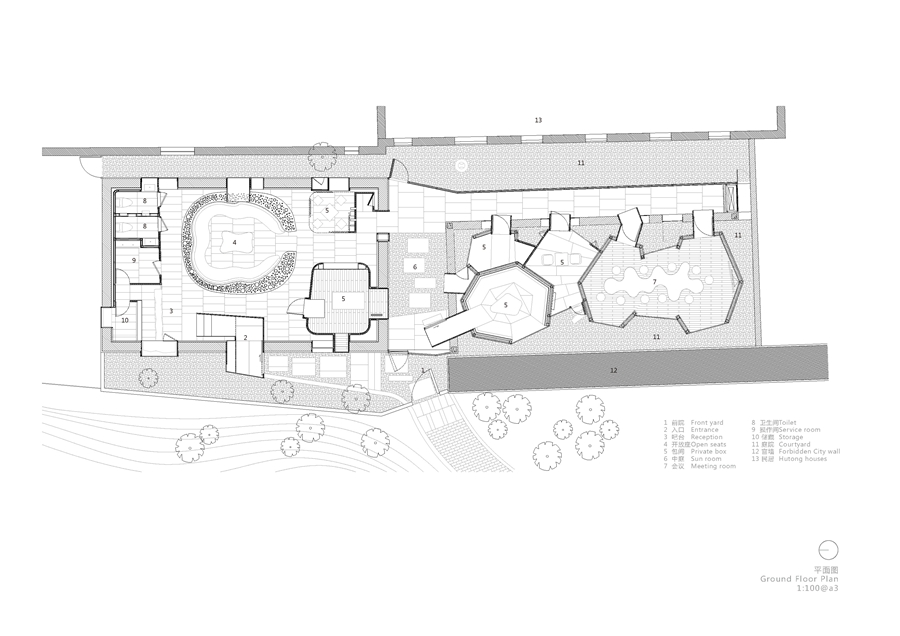
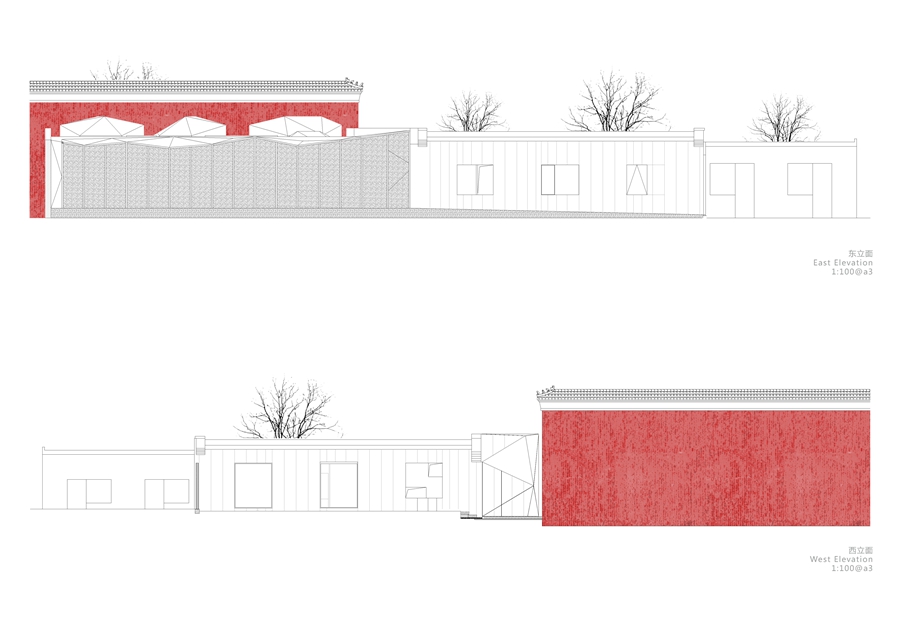
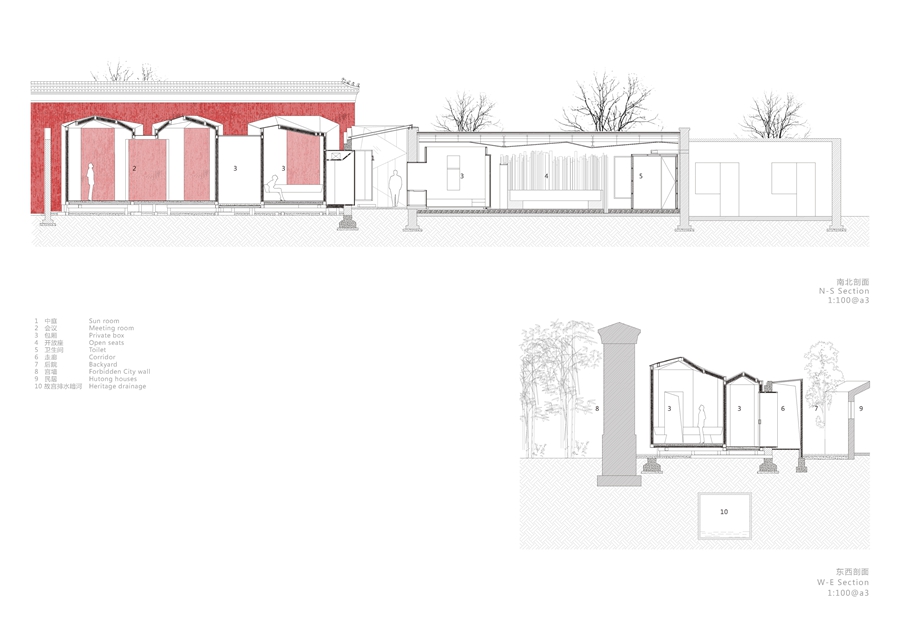
THE FORBBIDEN CITY RED-WALL TEAHOUSE
the Ancestral Temple, the Forbidden City,
Tian’an Men East, Beijing, China
紫禁城红墙茶室
天安门东,北京,中国
2012 - 2014
unarchitecte
The Red-wall Teahouse is situated inside a public park which used to be the Ancestral Temple – a royal memorial temple for ancestors southeast to the Forbidden City. The palace wall on the east side of the temple wrapped around the Forbidden City as the second ring wall in which Tian’an Men functioned as the main gate. The wall had long been a symbol of social class division in old China, now nothing but a spatial threshold separating the imperial garden from the Hutong houses to the east. During modern authority transitions, undocumented damage took down northern half of the wall.
The renovation project took place right at the breakage of the wall. Two shabby warehouses were left on site unattended, one attached to the red imperial wall and the other one set around three meters away north to the first one. As an immediate design reaction, the roof of the first warehouse was tipped down to reveal the body of the palace wall on the Hutong side. Then a cluster of freestanding steel-frame tearooms were inserted into the middle of the ‘unroofed garden’ introducing courtyards in between the old and the new structures. The exterior of the north teahouse which had been kept in better shape was insulated with new cover material. Its interior was opened up to match modern program needs. It is, then, through such interplay of old and new, volume and void, tradition and modern, solemnity and absurdness that unprecedented readings on local environment start to emerge.
City behaves like a giant organ. Abundant boundary spaces, gaps and buffer areas among buildings and urban spaces are locations most likely to grow and decline. On one hand, they deteriorate as insufficient maintenance is carried out. On another, opportunities find their way to flourish and prosper in their own rights.
The Forbidden City,once as an iconic imagery of royal authority,displays clear separation from the Hutong houses beyond. The height, massiveness and solidity of its palace wall were a powerful demonstration of this absolute threshold. As the class-based feudalism turned into ashes in the last century, what was left of the royal garden was converted into a giant museum allowing unrestricted entrance for the public. As long as the loss of social hierarchy, Hutong space had extended outwards paying no respect for the ancient. As a result, worn warehouses were built attached to the palace wall regardless of any sense of integrity. This unique spot of the city, full of uncertainty, became ever blurry and twisted.
Narrow and closeness was the main challenge of the project. Within the limited space, it is, first of all, essential to meet the program needs of the owner’s while, and at the same time, addressing the heritage environment on the inner side of the palace wall and living conditions of the Hutong dwellers on the other side. To balance individual privacy while sharing open landscape, to establish new built environment while preserving historical legacy were our fundamental tasks. It was also important that we took critical stands against those who falsifies tradition by mimicking an imagery of old Chinese teahouse or those who superimpose arbitrary modern forms over historical heritage. We believe a genuine design with adequate self-retrospection on the weight of history will sustain a smooth life full of small delightful moments.
The owner asked for a quite office space for receiving business partners over tea time. Seven unique rooms,ranging from three to twenty square meters cluster in the middle of courtyards and gardens displaying various shapes, enclosure and finish materials. Lighting and furnishing is designed to correspond to the shifting room scales. In the end, the set of spaces start to enliven the once obstructed environment turning into a contributing part of the new built environment.
As the medium,landscape helps to integrated previously separated royal garden, palace wall and Hutong space become organic parts of the overall coherent environment. Transition from one side to the other and from courtyard to interior is soft and blurry, through which history and modern collided and exchange. Through the landscape,we try to arouse visitors’ sensitivity. Occasional void enriches movement and lures the exploration into the depth of the space.
In the project we experimented with a variety of materials, which seemed to have made a small joke on so called ‘minimalism’. There are natural materials like stone, bamboo and wood, semi-synthetic materials like steel sheet, copper and brick and synthetic materials like glass, polycarbonate board, cement board etc. Dark red paint and yellow encaustic tiles of the palace wall and gray tiles on the pitch roofs of the Hutong houses also exerted influence on the materiality consideration of the project. We exploited uncommon ways of using materials under the determination to extend their potentials for giving delicate sensations to the special place, just like how we rediscover the ancient palace wall in complete modern setting with fresh perspectives.
红墙茶室位于紫禁城东南角,这里曾是明清两代皇帝祭奠祖先的地方。墙内是原来皇家的圣地,墙外则是北京古城的基本背景肌理——老百姓居住的胡同。不知从哪个年代开始,这段东围墙截止到了这里,在墙东外侧的地下排水涵沟上盖起了泵房、库房和临时宿舍,遮蔽住了这段宫墙的末端,墙内也成了劳动人民自由出入休闲息憩的地方。通过对宫墙内外景观肌理的重新梳理,我们掀掉了遮蔽宫墙的屋盖,将周边的景观以院落的形式介入到建筑中来,造就了建筑中的院落,同时也是院落中的建筑。我们希望以轻松的方式,接续起一座连接传统与现代、边界与空间、宏伟与质朴、神圣与世俗、隐蔽与开放、严肃与荒谬之间交流的桥梁,以引发人们重新思考空间、景观与设计在我们这个时代真正有意义的价值所在。
城市犹如一个巨大的有机体,除了功能建筑和公共空间外,在各个重要的功能场所之间还存在着非常丰富的边界、间隙和缓冲地带,它们是城市文化中容易发生变化的部分。一方面,它们有可能衰落、颓败而无人问津,甚至成为危险的符号;另一方面,它们也有可能籍由偶然的机会而悄然生发、欣欣向荣。
紫禁城作为曾经的封建皇权的象征,一直与周边的胡同民居有着清晰的边界和明确的隔离,高耸、宽厚、坚固的宫墙直观的表达了这样的态度。然而随着封建王朝的覆灭,原有的清晰整肃的旧秩序被打破了、消解了,原先的皇家禁地变成了博物馆、公园,人民可以自由的出入。胡同的蔓延、临时搭建的库房及保安宿舍侵占了原来宫墙边廓畅通的空间,城市空间的这个局部变得纠结、模糊、浑在一起了。
设计最大的挑战来自于场地狭窄和封闭性。如何在狭小的空间中满足业主多样性的需求,并清晰的规划出与宫墙内外复杂环境的呼应,包括临界的胡同里的常住居民的日照采光和视觉景观等客观需求。大家既要相安无事、互不干扰,又要互通有无、共享独特的景观环境,同时不破坏历史遗迹的完整性。我们坚决避免在这里出现国内旧区改造中流行的那种制造假古董、混淆历史的庸俗作法,也没走中庸讨巧的竹帘画扇式的传统茶室式的装饰主义,更不想在历史遗迹上乱搞奇形怪状的所谓现代风。我们希望的是创造一种平和、质朴的空间呈现,追求厚重历史下怡然的生活常态,怀着清晰的自省去发现那些可以会心一笑的小惊喜。
这个项目的新功能是要在宫墙的邻边设置一处幽静的内部办公场所,主人可以在这里接待宾客,用品茶、赏画、禅思等轻松内敛的方式增进沟通、筹划事业。七个尺度大小不同的空间(从3平米到20平米),层层叠嵌在院落和园林中,内外形状、围合方式和构成材质各不相同,家具以及照明形式也与之相适应,给一个闭塞颓败的场所引入了鲜活的外部景观,也成为新场景的一部分。
景观作为媒介,把分离的两个区域,以及皇家园林、宫墙、毗邻胡同和茶室的单元空间有机的整合到一起。从内部空间与外部空间的转换,到室内与庭院的混淆,进而将历史和现代隔空交流,景观最大限度的调动起了人们的感官功能。在此狭窄的范围内,看似随意的空间留白,反而更加能够引导人们去探寻深邃丰富的空间体验,引发静谧安详的悠远冥思。我们希望景观在这里可以真正做到以少胜多。
在这个项目中我们使用了很多种材质,这是一次有趣的探索和尝试,也是对现今流行的所谓 “极简风格”开了一个小小的玩笑。这里既有自然材质(如石材、竹材、木材等),也有半人工材质(如金属热轧钢板、不锈钢板、黄铜与青铜和粘土砖),还有合成材质(如玻璃、亚克力管、阳光板、盲沟、水泥复合板等),其实我们还借用了宫墙的深沉的红赫色涂料和墙脊上灿烂的明黄的琉璃瓦,以及胡同卷棚顶的灰瓦和院墙斑驳的杂色。我们尝试去发掘这些材料的陌生的用法,探讨如何让它们出现在陌生的地方,如何能在同一场景中幻化出别致而多样的感受,就像我们突然面对这些有着几百年历史的宫墙一样,仿佛是第一次认识它们,并且是在如此多元背景的当代重新认识它们。
历史是客观存在的事实,却因主观的理解而变得千差万别。我们在这里想做的是尽量回归历史的本来面目。我们并不是在这里做考古式的保护,也不想把黄瓦高墙封闭起来成为私有领地,我们只是希望还原作为宫城边界的在这个具体空间里的特殊性格。稍稍的脱离、轻轻的对置,给予一个重新观看、思考历史的视角和机会,从历史与空间的断裂处探索城市与社会未来发展的可能性。这是我们设计所依据的非常现实的出发点。
Project name: The Forbidden City Red-wall Teahouse
Location: the Ancestral Temple, the Forbidden City, Beijing, China
Architects in charge: ZHANG Hetian, ZHANG Hong
Floor Area: 280 m2
Photography: CHEN Su, WANG Yi, ZHANG Hetian
Year: 2012-2014
Completion Date: 2014
项目名称: 紫禁城红墙茶室
地点:北京紫禁城内东南角
年份:2012 – 2014年
建成时间:2014
建筑师:张赫天、张弘
建筑面积:280 m2
摄影:王祎、陈溯、张赫天
